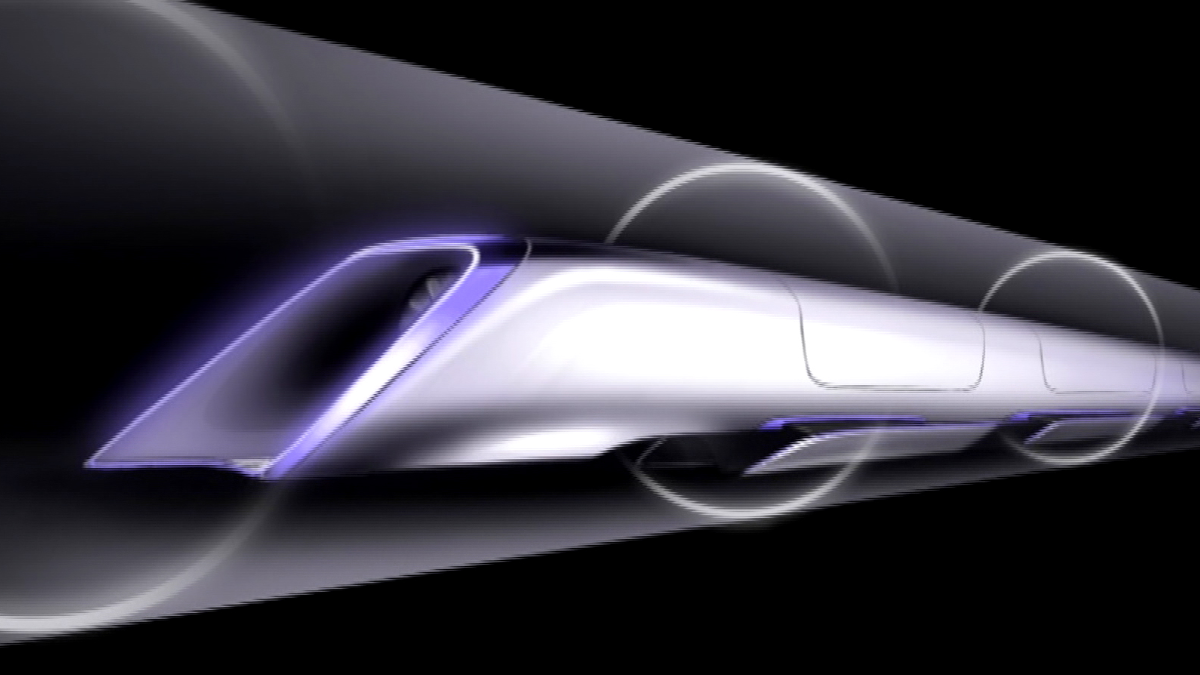
Ten years after Elon Musk unveiled the white paper for the vacuum-tube transport system he dubbed the Hyperloop, it’s time to drive the final nail into its coffin. Earlier this year, Motley Fool was already reporting that things were tough in Hyperloop world with startups “dying a quiet death” as higher interest rates meant investors weren’t going for projects that were clearly never going to pay off.
Hyperloop One, previously known as Virgin Hyperloop One, was struggling too. Last year it finally had to admit its passenger tube dreams were never going to be realized, so it tried to convince some Emiratis that narrow, low-capacity tubes were actually going to be a great way of moving cargo. Well, they clearly didn’t buy it for long because yesterday Bloomberg reported Hyperloop One is finally shutting down.
To be clear, Hyperloop One is not associated with Musk himself. After launching in 2014, it was partly funded from Richard Branson’s fortune for a while, but even that didn’t last, with the Virgin branding disappearing along with the vision for transforming passenger transportation. I sincerely hope the media (and investors) take its collapse as a sign to stop giving any oxygen to Hyperloop fantasies. The technology was never really meant to go anywhere. Its main goal was always to stop a better transport future from being realized.
Opposing the bullet train
A decade on, people often forget what was really motivating the Hyperloop when Musk first started pushing it. In the early 2010s, there was a big debate around California’s plan to build a high-speed rail line from Los Angeles to San Francisco, with further extensions to San Diego and Sacramento to follow. Naturally, conservative, automotive, and airline interests were vehemently opposed to a technology that Japan and Europe had been living with for decades arriving on American shores because it threatened their commercial interests.
Elon Musk, as an automaker and (let’s be honest) somewhat of a conservative himself, eagerly adopted the arguments against the bullet train with his own spin. He began incessantly repeating a line he doled out at the D11 conference with Walt Mossberg and Kara Swisher in 2013, calling it, “the slowest bullet train in the world and the most expensive bullet train per mile in the world” — and that meant it not only had to be opposed, but that the geniuses in Silicon Valley could surely do better than people who actually had a clue about trains and transportation.
When he unveiled the Hyperloop concept, Musk claimed that building it on the Los Angeles to San Francisco route would not only result in a far faster trip, but would also cost only a fraction of the price — as little as $6 billion. That figure was immediately debunked by people who actually understood what went into building that kind of infrastructure, with the real cost estimated around at least $100 billion, even though it would have far less capacity than a high-speed train. But there’s another feature that’s often forgotten: the Hyperloop was also for cars. “You just drive on, and the pod departs,” Musk told Bloomberg Businessweek in his first interview about the idea. That fantasy would show up again in the Boring Company a few years later.
In 2013, Musk’s star was rising. He was gracing the covers of magazines and being hailed as our future-builder. He’d already served as inspiration for Robert Downey Jr.’s take on Tony Stark in Iron Man and was largely seen as a man who could do no wrong. When he chose to speak out against the bullet train, that amplified the campaign against it, further seeping political support from an already challenged project. And that was the point. Musk never had any intention of building the Hyperloop. He only needed it to help kill or substantially delay the high-speed rail project and the alternate vision of sustainable collective transportation it offered. It threatened his interests as an automaker and his elite vision of “individualized” mobility that simply worked better for him.
The truth about the Hyperloop
In 2015, Ashlee Vance’s biography Elon Musk: Tesla, SpaceX, and the Quest for a Fantastic Future was published to an audience eager to consume a hagiography of the man supposedly saving the world and preparing us to colonize the stars. But buried within those 300-odd pages was an admission that many people seemed to have glossed over. On the subject of the Hyperloop, Vance wrote,
Musk told me that the idea originated out of his hatred for California’s proposed high-speed rail system. … He insisted the Hyperloop would cost about $6 billion to $10 billion, go faster than a plane, and let people drive their cars onto a pod and drive out into a new city. At the time, it seemed that Musk had dished out the Hyperloop proposal just to make the public and legislators rethink the high-speed train. He didn’t actually intend to build the thing. … With any luck, the high-speed rail would be canceled. Musk said as much to me during a series of e-mails and phone calls leading up to the announcement.
The only thing that could be clearer is if Vance released the e-mails and phone calls he’s referring to, but what he wrote is conclusive enough. Years later, after I began resurrecting that passage, Vance claimed my telling was “vaguely accurate but a disingenuous take on the situation.” Speaking to Jalopnik in 2022, he said, “I honestly do not think that was the goal of Hyperloop at all. I think if there was a better public transport system, my impression — and I think it’s genuine — is that Elon would be all for it.” Yet that completely contradicted what he had written years earlier, that Musk wanted to make lawmakers “rethink the high-speed train” and hoped it “would be canceled.”
Vance’s original telling is more credible because stopping collective transport projects has become a pattern for Musk. He proposed the Hyperloop to imperil high-speed rail. He also proposed the Boring Company tunnel system as his solution to traffic, after previously believing double-decker highways would do the trick, instead of advocating for much better public transit because he felt transit was “a pain in the ass” and suggested it was filled with serial killers. Counter to Vance’s more recent suggestion, there’s no evidence Musk would back better public transit, but plenty that he wanted to stall out plans for improved collective transport altogether. He did exactly that with the Boring Company: selling cities useless tunnels that were rarely ever built and which often displaced realistic transit plans.
Real improvements are possible
Unfortunately, the harm of the Hyperloop went far beyond California. Companies claiming they’d realize the bullshit idea claimed to be moving forward with projects in India, Dubai, France, Canada, and countless other parts of the world only for every single one to amount to nothing. Sure, some short tubes got built in a few places to try to keep squeezing money out of investors and governments, but the only thing they really achieved was to distract people with fantasies while they could’ve been focused on building something real.
In the time since California started talking about high-speed rail and Elon Musk interjected with his fantasy to help sidetrack it, China moved ahead and built a network consisting of 42,000 kilometres (26,000 miles) of track. Europe is continuing to expand its own network, and Japan is building a maglev line that will run at speeds of over 500 km/h (310 mph). The first segment from Tokyo to Nagoya could open by 2027. Not to be outdone, China is working on a maglev of its own to beat its Japanese rivals.
While the Hyperloop deception spread far and wide, nowhere was it stronger than in the United States. As countries around the world moved forward with real transport improvements, North Americans were distracted by the fantasies of clueless, but self-confident tech moguls. They left people trapped in their cars and denied better options to get around that people in many other parts of the world — even those that are quite a bit poorer — take for granted. Now all they can do is shovel money at automakers to try to power cars with batteries instead of internal combustion engines. They have no vision for a better, less car dependent alternative.
The tech industry’s move into transportation was not only a failure; it was an active campaign to deny the public access to better transit and trains because the billionaires of Silicon Valley don’t personally want to get around that way. The Hyperloop was one part of that, but so were the Boring Company, ride-hailing services, and self-driving cars. The Hyperloop’s failure provides a lesson we’re learning far too late: that Silicon Valley won’t deliver us a better world if they can’t find some way to profit off it. We need to stop falling for their grand deceptions, and tell our media to stop echoing them too.

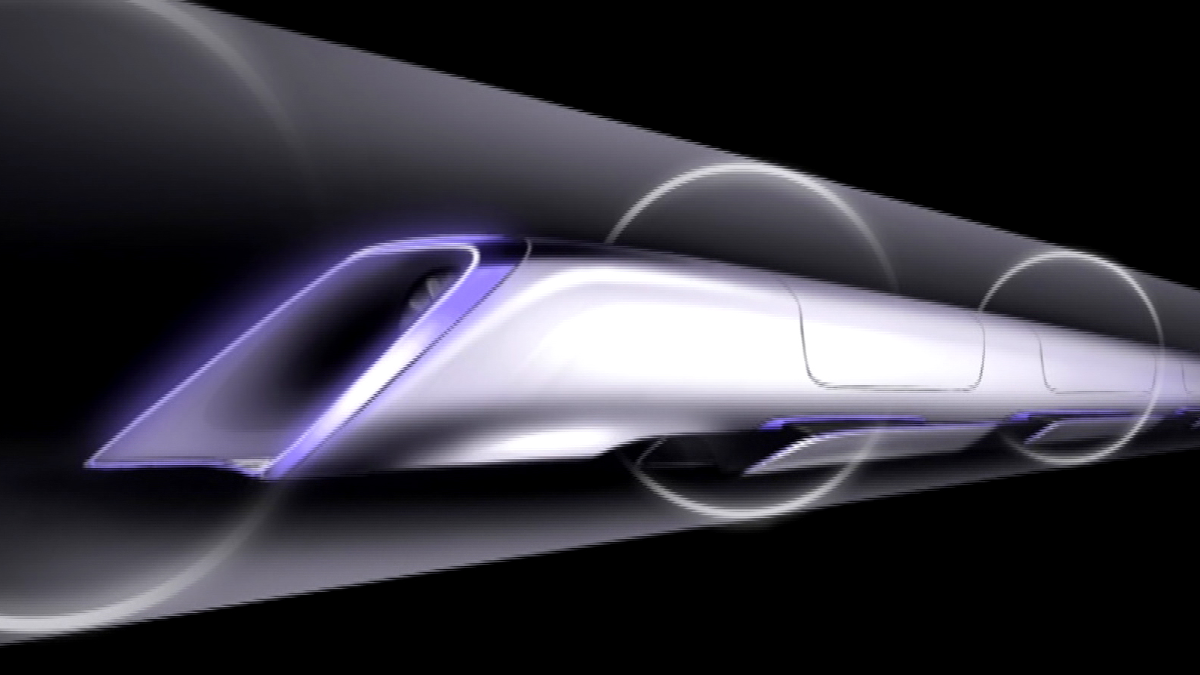
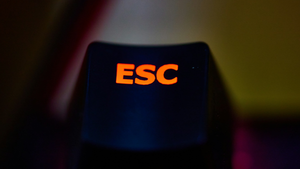

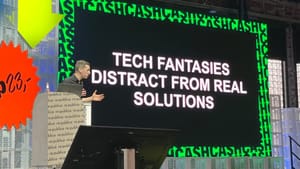
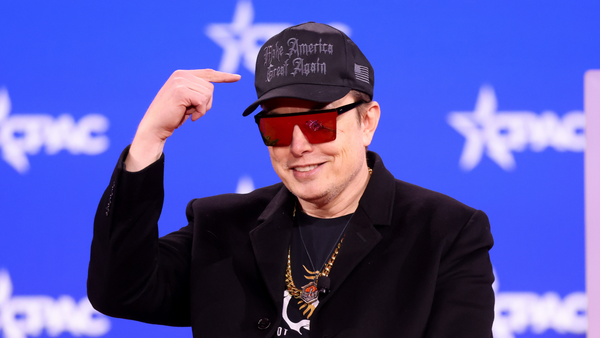

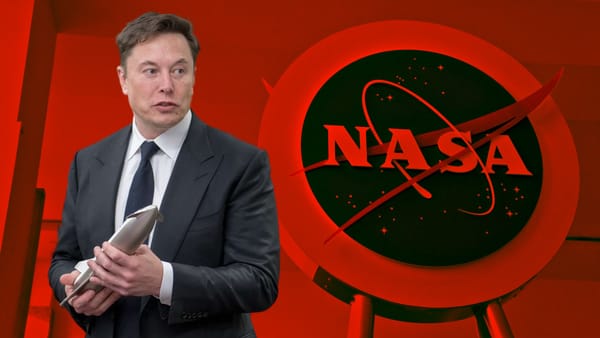
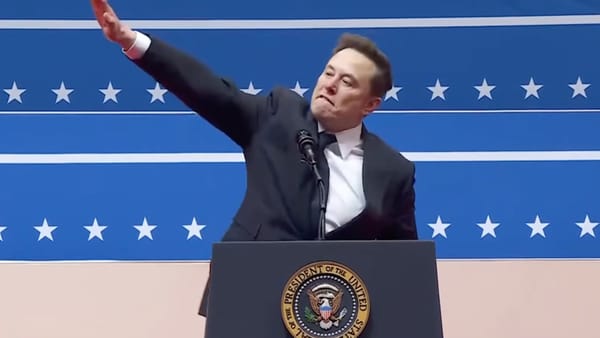
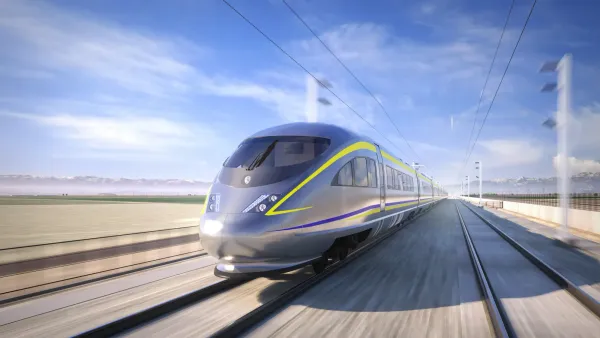
Member discussion